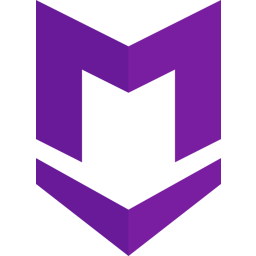Markdown. Everyone will survive!
What is Markdown and what is it eaten with? A brief overview.
 Image credit: Google
Image credit: Google
import libr
print('Как дела?')
Markdown. Everyone will survive!
A little history and theory
Markdown is a text markup language that was developed by John Gruber and Aaron Schwartz in 2004. Markdown was designed as an alternative to more complex markup languages such as HTML. It is based on the idea of using simple symbols to indicate text formatting, such as the “*” sign to italicize text. Gruber and Schwartz developed Markdown using simple syntactic rules that can be quickly mastered by the user. This greatly simplifies the process of writing text with formatting.
Since its inception, Markdown has become a popular tool for creating web pages, documentation, personal blogs, and more. Now it is one of the top tools for writing text content on the Internet. Markdown can be used in various areas where quick and readable creation of documentation, blogs, forums, etc. is required. Most platforms, including GitHub, Reddit and Stack Overflow, support Markdown language as an alternative text input and markup.
Markdown is a markup language that is used to create formatted text using simple characters. Markdown can be used in code editors, blogs, social networks, emails, etc.
Below are examples of practical use of Markdown:
Code examples
- Creating a structured document: headers, lists, tables
``
First level header
Second level header
Third level header
# First level header
## Second level header
### Third level header
``
* List
* The second element
* The third element
``
* List
* The second element
* The third element
``
| Column 1 | Column 2 | Column 3 |
| --------- | --------- | --------- |
| Content 1 | Content 2 | Content 3 |
| Content 4 | Content 5 | Content 6 |
- Text selection: bold text, italics, strikethrough text
`Bold text’ = Bold text
*Italics* = Italics
~~Strikethrough text~~ = Strikethrough text
- Creating links to external resources
[Link name](link address)
- Inserting images


- Inserting the code
Use apostrophes (`) to insert inline code
var anyVariable = 5;
Use three apostrophes (```) before and after the code block
function myFunction() {
return "Hello World!";
}